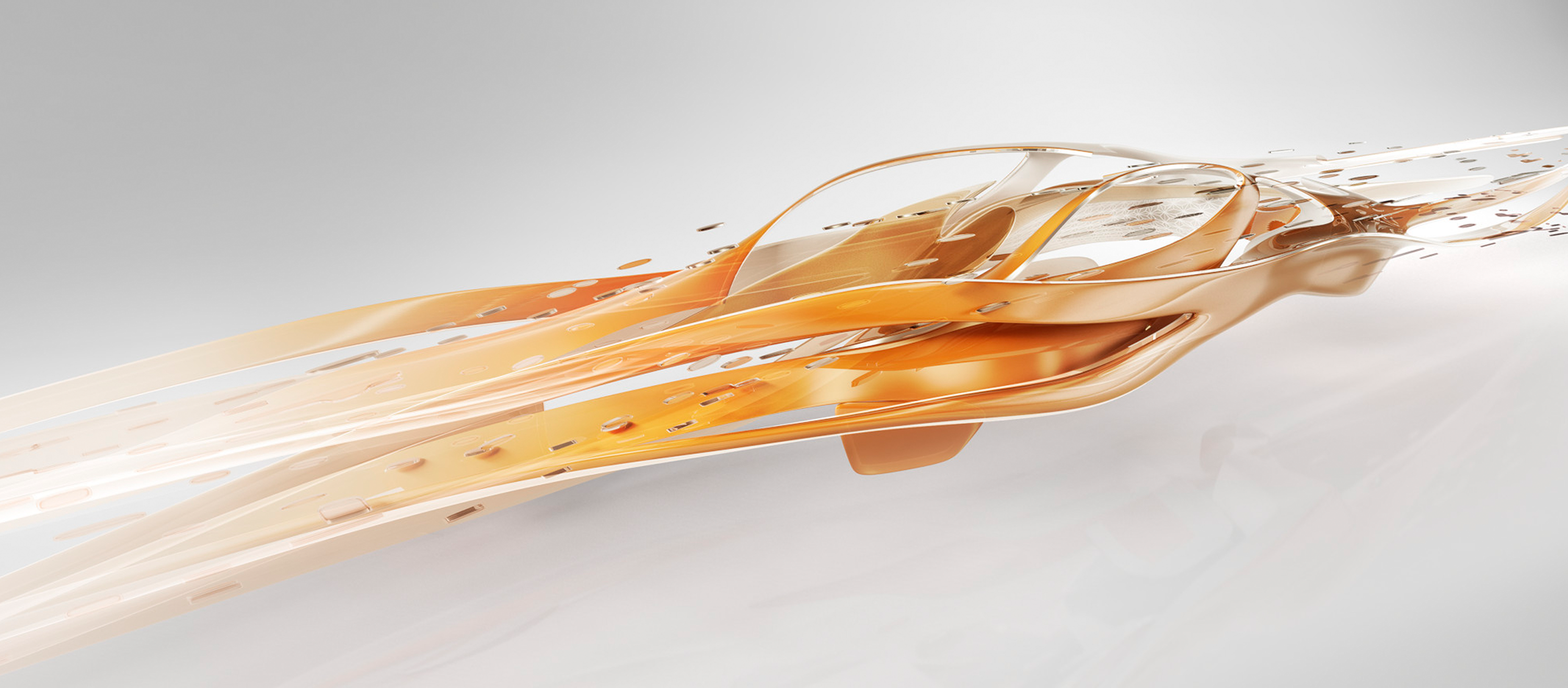

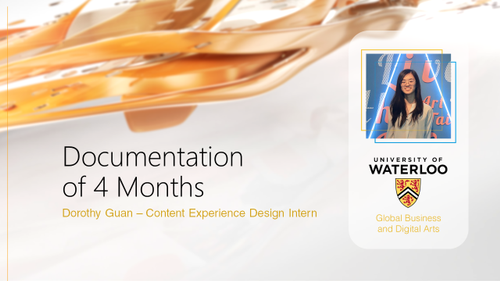
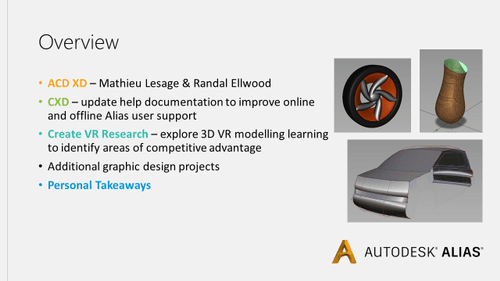
Coming into Autodesk, I knew nothing about Alias or automotive design, and I had never touched a 3D modelling software beyond some small 3D printing files. With much guidance from hours of tutorial videos in my first week, I made these forms.
Since Alias was so new to me, the help topic was the best place to start and actually experience what it’s like to approach it as a new user. I updated the content and created GIFs that would better illustrate the concepts and steps, consulting experienced designers for insight on how to best represent the tools.
My own inexperience was key to learning from my struggles and I applied that knowledge to improve the quality of the content for more users like me. While I was updating the documentation, I also built a landing page for the Alias offline help system and learned how to work with Markdown for the first time.
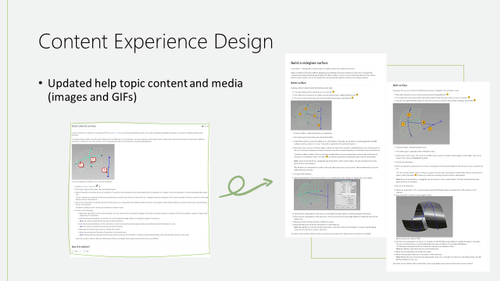

On the side, I also did research around VR learning, and how it’s currently integrated with 3D modelling. Since it’s a new and emerging field, I explored many different angles and covered a wide breadth of topics that were relevant to Create VR, including a literature review on VR learning, using Looker analytics to answer questions around video tutorials, competitor analysis of their documentation, observing user forum feedback, and accessibility options. I presented my findings on navigation, analytics, and accessibility and localization.
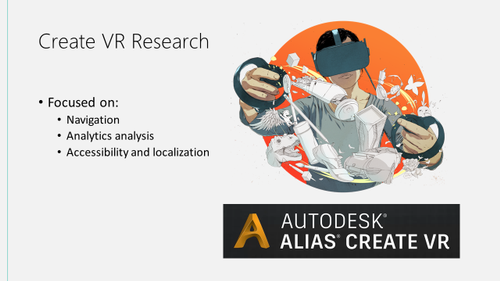
I’ve learned so much working here on this team, discovering that there are many different sides to experience design and CXD, and that I don’t need to limit myself to what I expect it to be. More importantly, I don’t need to fear my weaknesses, but I should know them and turn them into my strengths. In my case, it was my inexperience which became an advantage while working with the help topics. It’s extremely unlikely I’ll ever be an Alias expert, but for now I can be an expert at being new to Alias.
Many thanks to the Autodesk Alias CXD Team for their continued support during my internship.